News
Visit to Qinshan Village- The Low Carbon future village
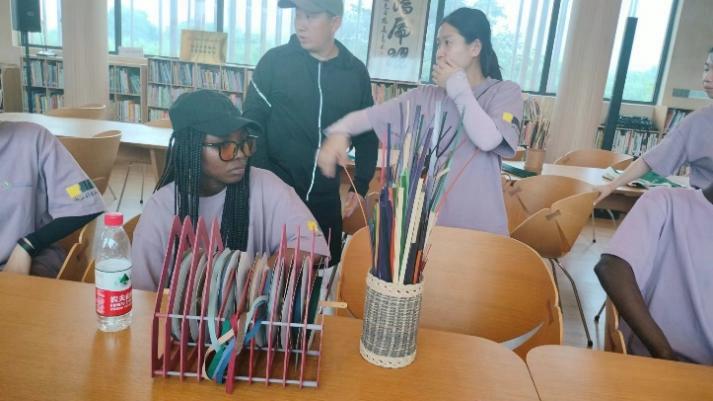
Visit to Qinshan Village- The Low Carbon future village
By: Augustine Wereuche Praise
Qingshan Village is located in the northeast of Huanghu Town, Yuhang District, in Hangzhou City, Zhejiang Province China. Qingshan Village covers an area of 45.6 km2. The village has three medium-sized reservoirs, with approximately 80% of the land area covered by forests. This village has become a popular destination due to its ongoing environmental protection activities and lifestyle improvement policies. It is one of China’s Low Carbon Village pilot programs. Our visit to this awesome village during the summer was both exciting and special.

Upon arrival in the village, we were greeted by a guide, who welcomed us with a smile and took us to the guest reception area. The guide then provide us with a concise overview of the village’s main features, the ongoing activities and the villagers’ intended outcomes. From the information provided by the guide, we got to understand that the village was a pilot project initiated by Zhejiang Province with the idea of achieving a net zero carbon city. The village had previously experienced a significant environmental challenge which impacted the primary source of community water supply. This pollution was caused by the use of fertilizers and pesticides by the local farmers. From 2014 to 2023, the village underwent significant development. Initially, there was a strong emphasis on water and environmental protection. This was followed by the creation of an art and design village. The third stage was characterized by significant government intervention. The government provided funding for the renovation of the village infrastructure and the construction of the public spaces. As a result of these development, the living standard of the village has greatly improved.
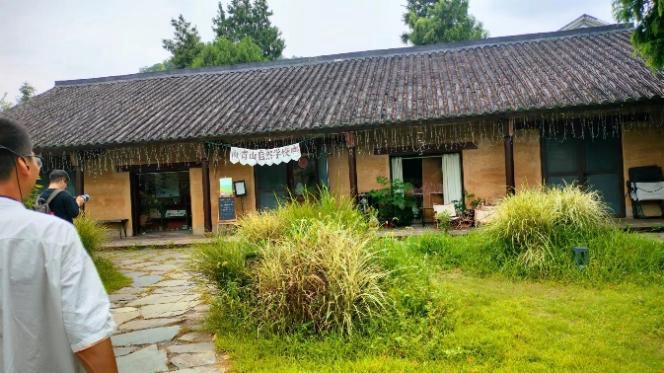
Additionally, the village has begun to attract tourists and young people from China and abroad.
After the brief introduction, we left the room to visit the Art and Design Library. This material library was a project executed by Chris, a German designer, in collaboration with two other people. The objective of the design team was to foster cultural creativity among the villagers. The library showcased a variety of arts and crafts created using locally sourced materials. The library serves as a platform for integrating indigenous arts and craftsmanship with modern design styles. This activity helps preserve local crafts skills while fostering anenvironment of learning for villagers on how to apply their local craftsmanship with contemporary arts.
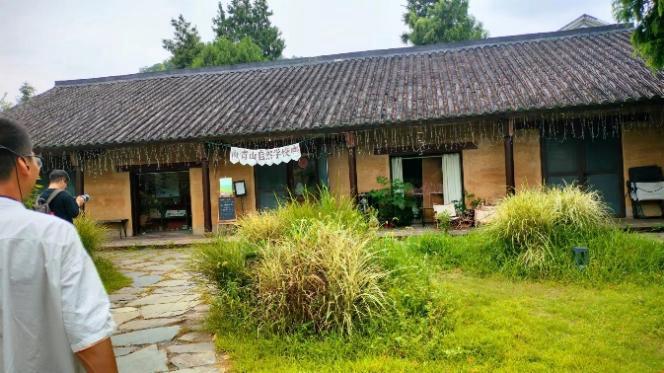
Additionally, the library has been observed to attract a diverse range of visitors and design companies to the village. It is a place where you can explore weaving culture, tie- die techniques, and coloring methods, which helps to preserve local craft skills and enhance the livelihood of the villagers.
The design library and other ongoing projects have become a source of interest for young people, while also helping to reduce the rate of constant influx of young people to the city. The library’s collection includes both modern and contemporary art, which helps to ensure the preservation of local artistic traditions.
Following the visit to the library we proceeded to the conflict resolution area. This is where the villagers could sit together to resolve any conflicts or disagreements regarding the maintenance of the village. It is also used as a forum to discuss potential improvements to the village. It helps creates an atmosphere where everyone opinion could be heard; all disputes are said to be settled here. This providesvillagers with a platform actively engage in their community, ensuring they feel valued and protected from external influences.
The next destination was the Qingshan Nature School, which is led by Principal Jill Quan. The school provides education on environmental protection to young people. It also offers a free nature summer camp for children every year, which enabled children to learn about the nature and how important it is to ensure the environment is protected.
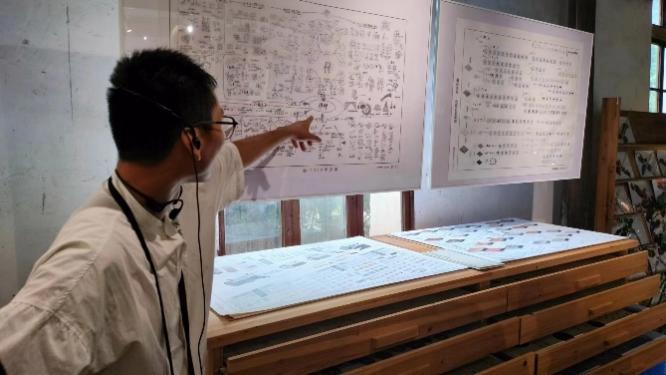
Later, we took a short hike to go see the river, The river was the primary source of water for the villagers. It has been under various treatments. The objective is to enhance the water quality of the river, which was previously severely polluted.
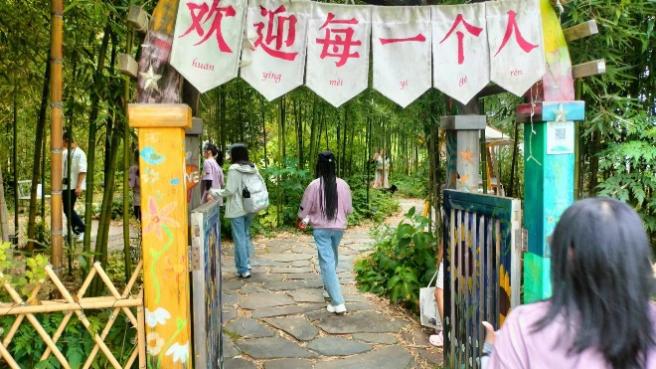
The contamination is the result of the use of artificial fertilizers and pesticides. Upon arrival, everywhere looked so neat and well organized. The river area has been decorated with artistic paintings and protected with some walls. Some technology effect was also added to the river area. Visitors can scan a QR code and then get a short-animated story of the village history. I found this to be really cool and interesting. There were also some warning signals if one moved too close to the river.
After our visit to the river, we later went back to a place where we were served some native food. We were presented with various kind of dishes. Each did have a unique taste; it truly represented the native culture of the villagers. Afterwards we had a little arts and craft section where we were taught the art of hand fan making using bamboo sticks. The teacher taught us how to carefully arrange the bamboo stick and how to craft them to form a design. It was truly a distinctive experience.
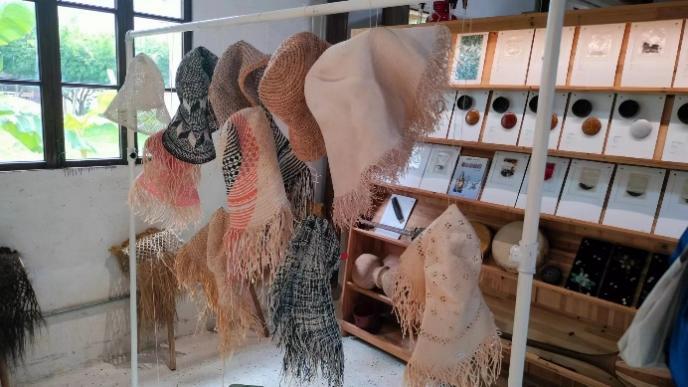
In conclusion my visit to this unique village was not only educative but exciting. I discovered a lot about China than I ever knew, I was particularly impressed by the remarkable transformation of a village into a modern and nature friendly area.
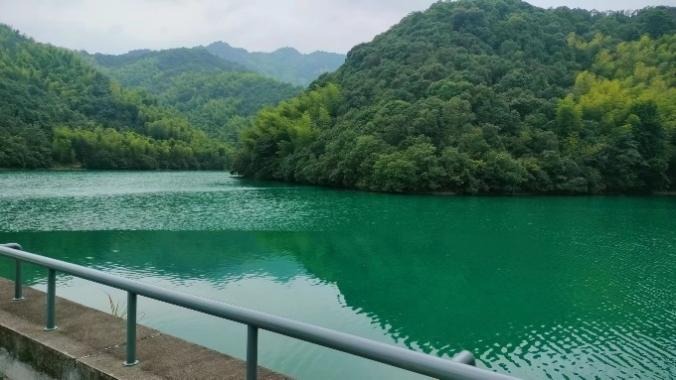
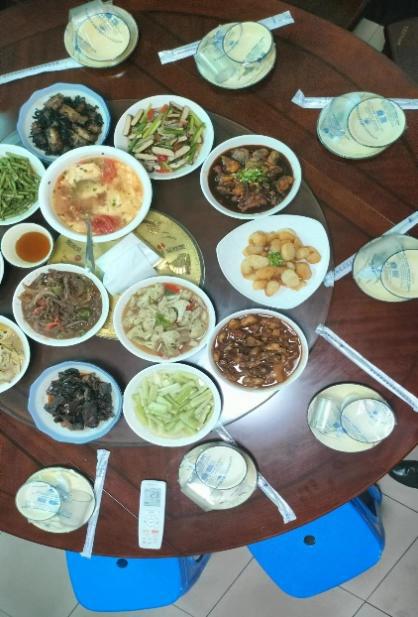
The blend of technology and nature in the village was striking, and the commitment to this project was admirable. The village to me was a city well organized and yet in sync with nature.
*Augustine Wereuche Praise is Student with ID: 9230222004
News
Why US–Nigeria counter-terrorism cooperation remains critical to defeating insurgency

Why US–Nigeria counter-terrorism cooperation remains critical to defeating insurgency
By: Zagazola Makama
The ongoing United States–Nigeria counter-terrorism operations are critical not only to degrading terrorist networks, but also to helping the international community, particularly the U.S., better understand the scale, complexity and human cost of Nigeria’s long-running war against terrorism.
Nigeria has battled multiple terror and extremist groups for over a decade, with attacks spanning the North-East, North-West and North-Central zones, claiming thousands of lives, displacing millions and overstretching security and humanitarian resources.
Therefore, deeper operational cooperation allows the U.S. to see firsthand the terrain, tactics and evolving threat environment Nigerian forces contend with daily from suicide bombings and IED warfare to cross-border terrorism, banditry and extremist collaboration.
Joint operations provide a clearer picture of what Nigeria is passing through. It is different from reading intelligence reports. When partners operate together, there is a better appreciation of the sacrifices, the operational difficulties and the resilience required to fight terrorism in this environment.
Though, nothing new in what the Nigeria Air Force was already doing but the cooperation, will enhanced intelligence sharing, surveillance, training and technical support, while also improving Nigeria’s capacity to disrupt terrorist logistics, communication and financing networks.
Nigeria brings critical advantages to the partnership, including local knowledge, community structures and long-term operational presence, while the U.S. contributes advanced intelligence, surveillance and reconnaissance capabilities, precision strike support and global counter-terrorism experience.
This synergy will help narrow intelligence gaps, improve early warning systems and strengthen the ability of Nigerian forces to respond to threats more proactively. Beyond military gains, the partnership helps place Nigeria’s security challenges in proper global context, correcting misconceptions that often underestimate the intensity of terrorist violence in the country.
The collaboration helps the U.S. and other international partners understand that Nigeria is not facing isolated incidents but a sustained, multi-front war. That understanding is essential for sustained diplomatic, technical and humanitarian support, rather than the rhetoric being purported about the conflict.
The partnership also sends a strong message to terrorist groups that Nigeria is not isolated in its fight, and that attacks on civilians and security personnel attract international attention and consequences.
However, counter-terrorism cooperation must go beyond kinetic operations. Those executing these operations must put emphasized on the importance of civilian protection, community engagement and post-conflict stabilisation, as lasting peace cannot be achieved through force alone.
Why US–Nigeria counter-terrorism cooperation remains critical to defeating insurgency
News
VP Shettima, Zulum Visit Maiduguri Mosque Bomb Blast Victims
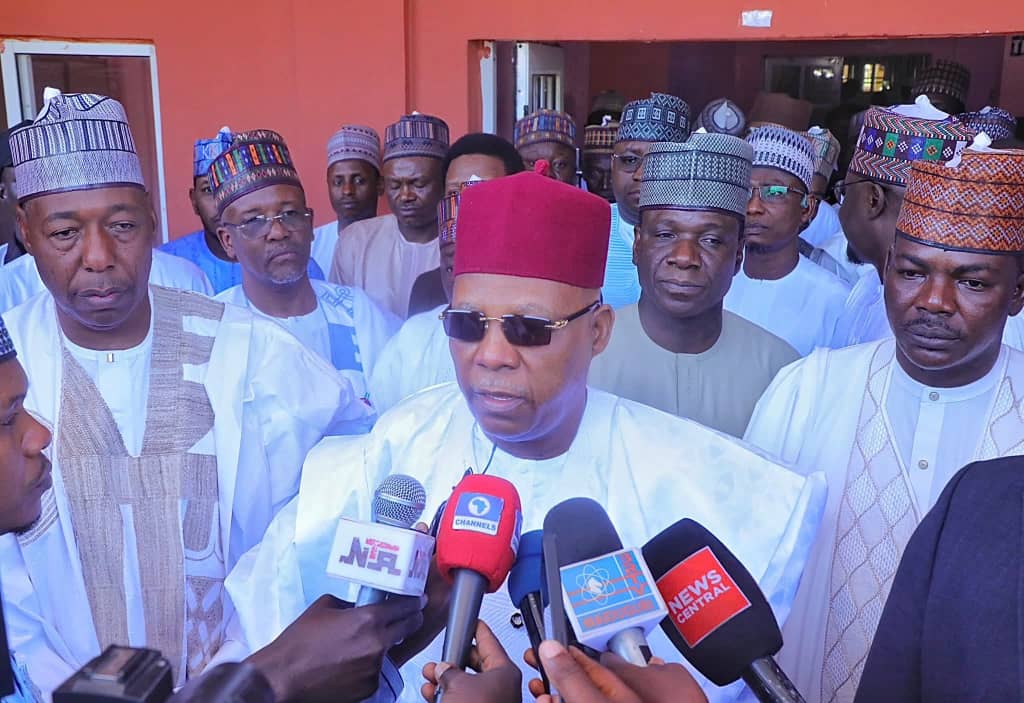
VP Shettima, Zulum Visit Maiduguri Mosque Bomb Blast Victims
By: Our Reporter
Vice President Kashim Shettima and The Governor of Borno State, Prof. Babagana Umara Zulum, on Friday paid a visit to victims of Wednesday’s bomb blast at a mosque in Maiduguri who are currently receiving treatment at the University of Maiduguri Teaching Hospital (UMTH).
The visit was to sympathise with those injured in the devastating explosion that targeted a mosque in Gamboru Market on Wednesday, December 24. The attack, believed to have been carried out by Boko Haram insurgents, resulted in multiple casualties and injuries.
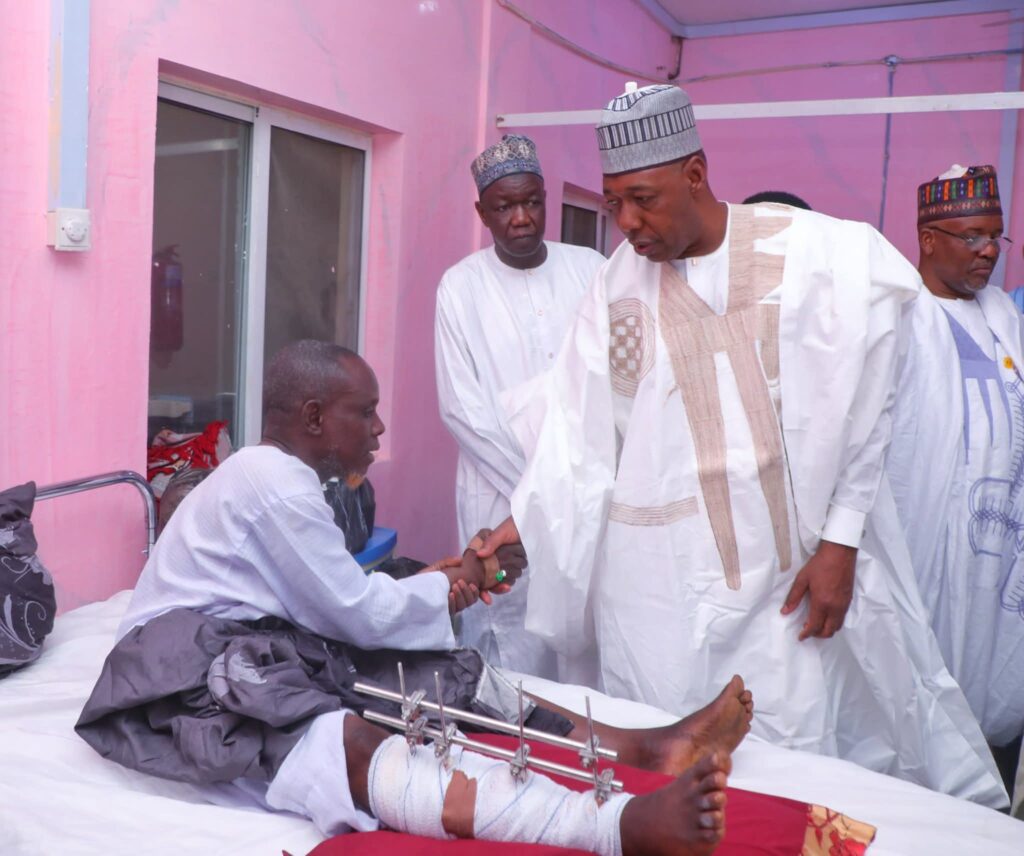
Speaking to journalists at the hospital, Vice President Shettima, who was accompanied by Governor Zulum, consoled the victims and reiterated the commitment of the President Bola Tinubu administration to ending the threat of terrorism and restoring lasting peace in the country.
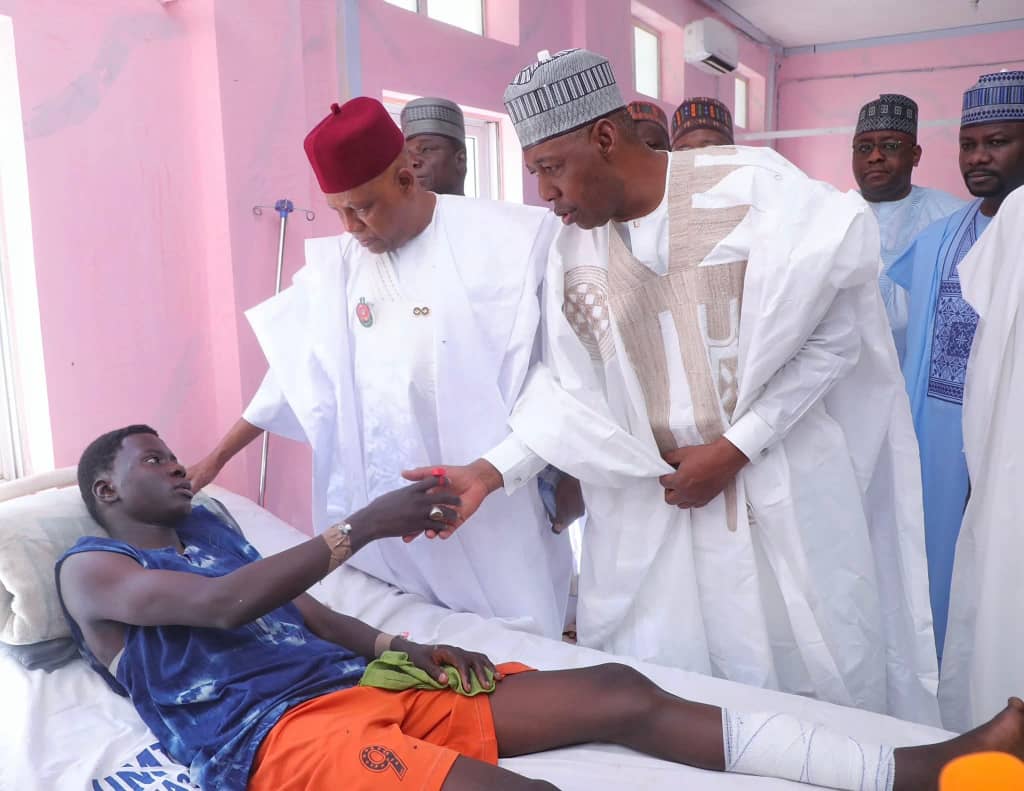
“We are here on behalf of the President to sympathise with the victims and reassure the good people of Borno, and by extension the nation, that the government remains unwaveringly committed to securing the lives and property of its citizens,” Zulum said.

He added, “The Governor of Borno has been up and doing, working round the clock to complement the efforts of the Federal Government, and we sincerely appreciate the efforts and investments in the security architecture by the Borno State Government.”

The delegation was briefed by the Director of the Muhammadu Buhari Trauma Centre, who reported that many of the victims had been discharged, others were responding well to treatment, while one remained in critical condition.
VP Shettima, Zulum Visit Maiduguri Mosque Bomb Blast Victims
News
U.S. president orders deadly strikes against ISIS militants in northwest Nigeria

U.S. president orders deadly strikes against ISIS militants in northwest Nigeria
By: Zagazola Makama
President Donald J. Trump announced that the United States had launched a powerful and deadly military strike against Islamic State (ISIS) terrorist targets in Nigeria, in response to what he described as ongoing attacks on primarily innocent Christians in the region.
In a post on his social media platform, Mr. Trump said the operation was conducted “at my direction as Commander in Chief” and targeted ISIS militants whom he accused of “viciously killing, primarily, innocent Christians, at levels not seen for many years, and even centuries.”
The president said he had previously warned the extremist group to halt attacks on Christians or face consequences, adding: “tonight, there was.”
Mr. Trump described the strikes as “numerous perfect strikes, as only the United States is capable of doing,” and reiterated that under his leadership the U.S. would not allow “Radical Islamic Terrorism to prosper.” He extended Christmas greetings to U.S. military forces and said there would be “many more” such strikes if the killing of Christians continued.
The announcement marks a significant escalation of U.S. military involvement in Nigeria’s complex security landscape. Western and Nigerian officials have long warned that militant groups such as ISIS’s West Africa Province (ISWAP) and Boko Haram pose a persistent threat in northern Nigeria, where attacks on civilians including Christians and Muslims alike have killed thousands over the past decade.
Reactions to the U.S. action are still emerging. The strikes come amid ongoing debates over Nigeria’s sovereignty and the best approach to combat extremist violence in West Africa. Previous statements by the Nigerian government welcomed U.S. assistance in fighting terrorism provided it respects the country’s territorial integrity.
The full military impact of the operation including casualties among militants or its implications for Nigeria’s internal security strategy has not yet been independently verified.
End
-

 News2 years ago
News2 years agoRoger Federer’s Shock as DNA Results Reveal Myla and Charlene Are Not His Biological Children
-
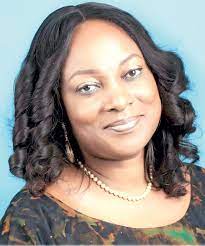
 Opinions4 years ago
Opinions4 years agoTHE PLIGHT OF FARIDA
-
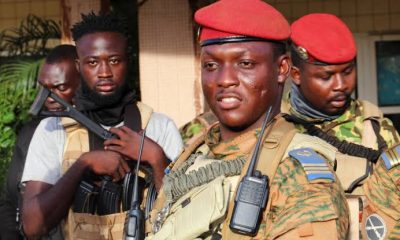
 News8 months ago
News8 months agoFAILED COUP IN BURKINA FASO: HOW TRAORÉ NARROWLY ESCAPED ASSASSINATION PLOT AMID FOREIGN INTERFERENCE CLAIMS
-

 Opinions4 years ago
Opinions4 years agoPOLICE CHARGE ROOMS, A MINTING PRESS
-

 News2 years ago
News2 years agoEYN: Rev. Billi, Distortion of History, and The Living Tamarind Tree
-

 ACADEMICS2 years ago
ACADEMICS2 years agoA History of Biu” (2015) and The Lingering Bura-Pabir Question (1)
-

 Columns2 years ago
Columns2 years agoArmy University Biu: There is certain interest, but certainly not from Borno.
-

 Opinions2 years ago
Opinions2 years agoTinubu,Shettima: The epidemic of economic, insecurity in Nigeria





